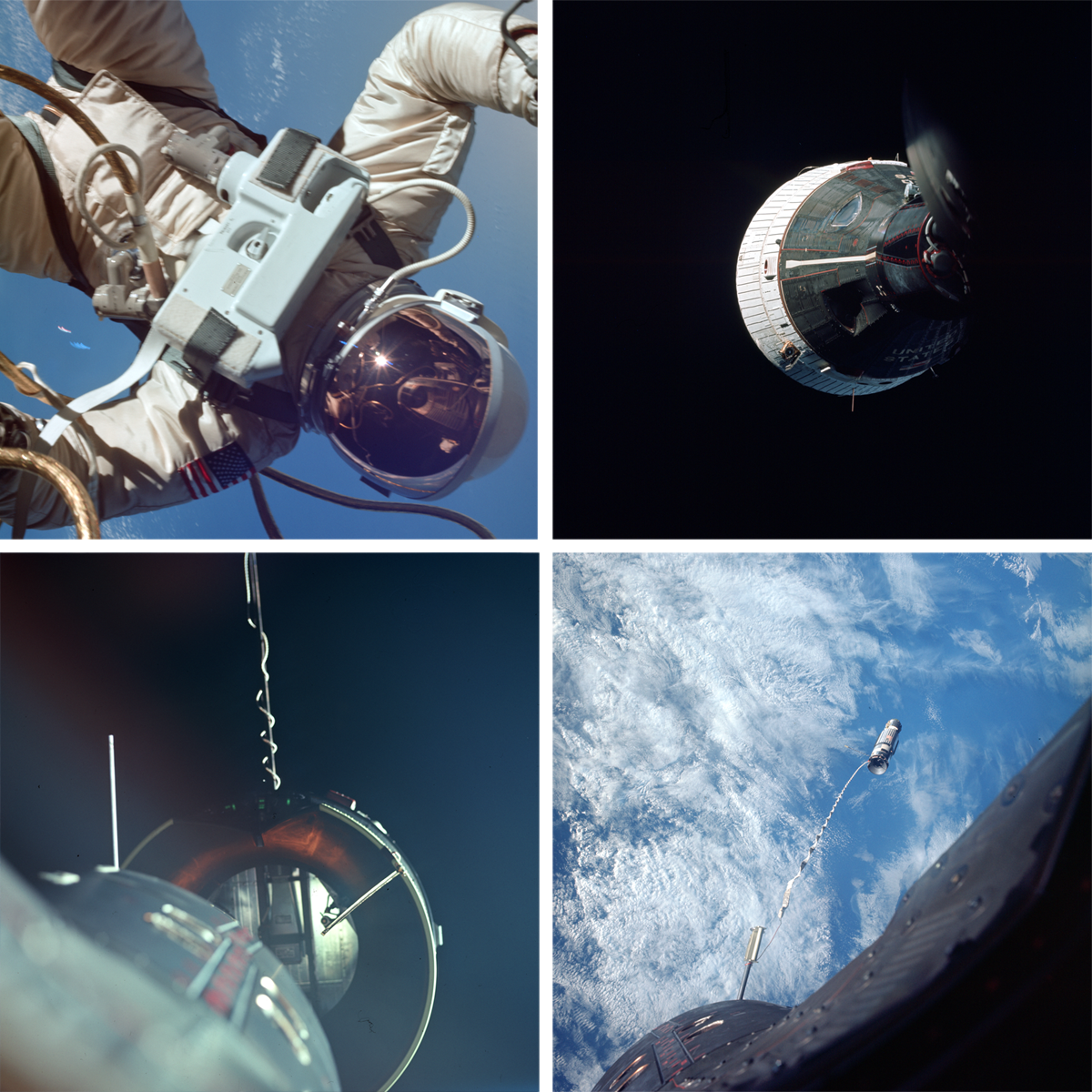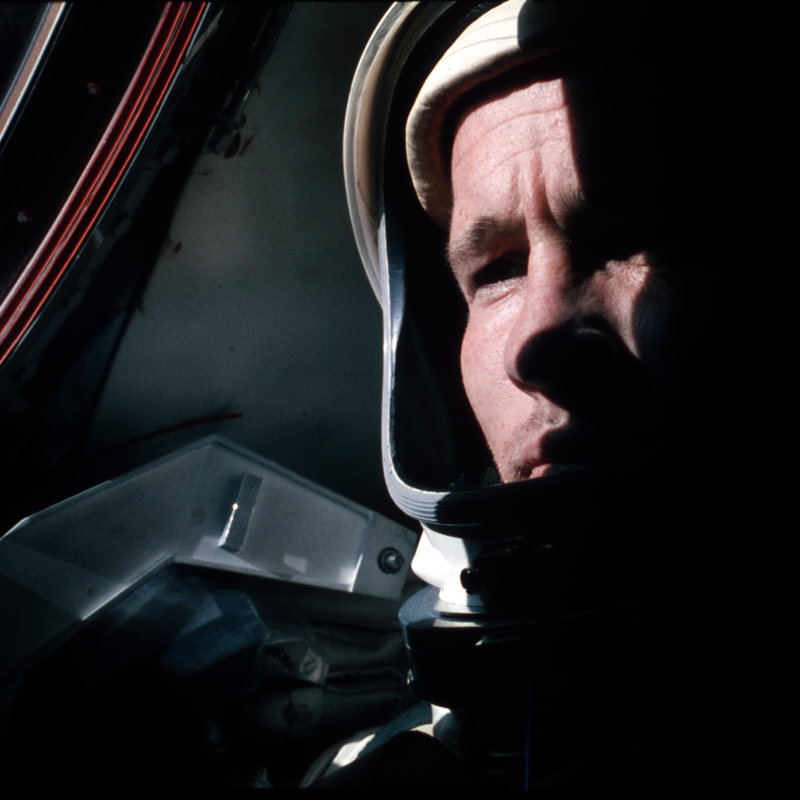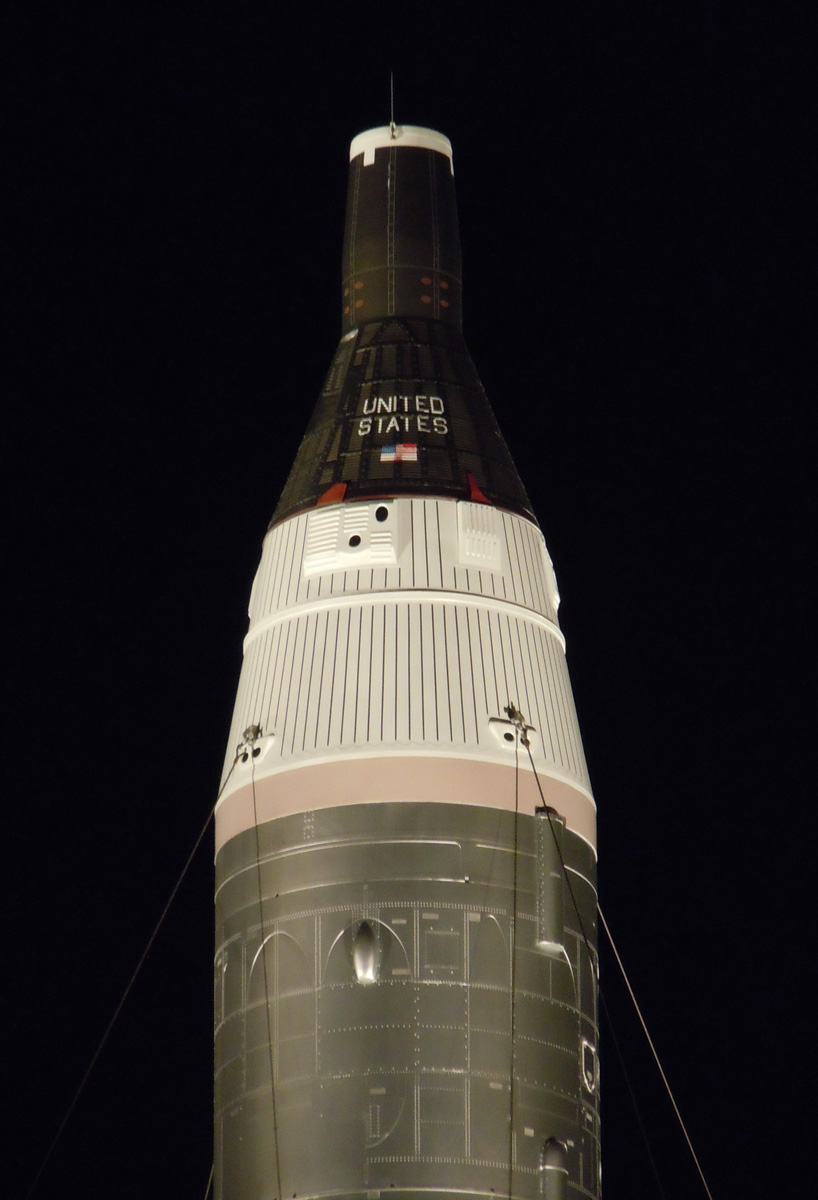
On 23 March 1965, the first of ten crewed Gemini spacecraft was launched carrying it's crew of two astronauts, Gus Grissom and John Young. The NASA Johnson Space Center and the School of Earth and Space Exploration at Arizona State University today proudly unveil the Project Gemini Online Digital Archive. The archive contains the first high-resolution digital scans of the original Gemini flight films, now available in several formats with a click of your mouse.
Project Gemini (1964-1966) was the second United States human spaceflight program, after Project Mercury (1960-1963). The overarching goal was to test systems and operations critical to the Apollo program (1961-1975), conceived with the purpose of "landing a man on the Moon and returning him safely to the Earth". Specific goals of Gemini included: perfecting rendezvous and docking between two crewed spacecraft, successfully undertaking extravehicular activities (space walking), perfecting precise reentry procedures, understanding the effects of the space environment on humans, and testing systems for Apollo. The Gemini spacecraft were launched on modified Titan II intercontinental ballistic missiles (ICBM) to low Earth orbit.
The successful NASA Gemini missions indeed provided critical space operations experience and directly enabled all American space achievements that followed, in particular the Apollo Moon landings and the first American space station, Skylab (1973-1974). Below is a short list of "firsts" from the Gemini missions.
- First US extravehicular activity (EVA)
- First EVA recovery and return of materials exposed to the space environment for long durations (Agena micrometeorite package)
- First use of fuel cells on a spacecraft
- First operation of two crewed US spacecraft simultaneously
- Longest US space mission until Skylab (Gemini 7, nearly two weeks)
- Development of coherent EVA techniques (culminating in Gemini 12)
- First on-orbit rendezvous and docking
- First demonstration of an orbital tether
- First demonstration of the scientific utility of systematic targeted Earth observation--these are some of the earliest color photos of Earth from orbit.
Photograph numbers for today's Featured Image UL: S65-30429_G04-H, UR: S65-63166_G06-H, LL: S65-63178_G06-H, LR: S66-62953_G12-S.
Go to the Project Gemini digital scan archive.
Also visit the ASU Project Mercury digital scan archive, and the Apollo archive.
Published by Mark Robinson on 6 January 2012


